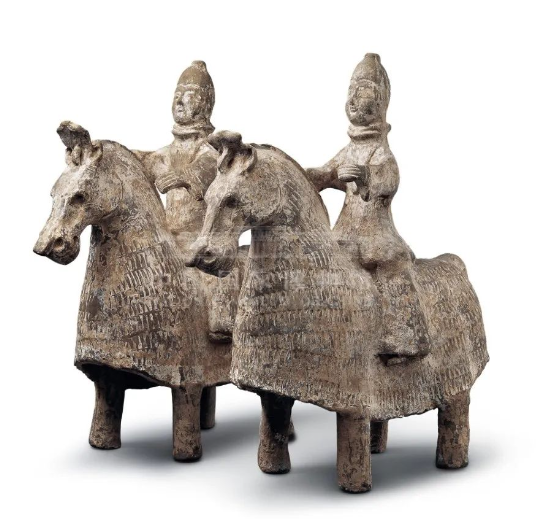Throughout history, the principle of “killing a thousand enemies while losing eight hundred of your own” has been a common reality in warfare. When weapons and military technology were relatively equal, achieving a high enemy casualty rate often came at the cost of significant losses on one’s own side. However, one consistent strategy has repeatedly proven to be a decisive factor in warfare: mobility. By enhancing mobility, armies have been able to exchange time for space, create localized strategic advantages, and ultimately achieve victory on a larger scale.
Sun Tzu and the Victory of Wu over Chu
Sun Tzu, in The Art of War, emphasized that “those skilled in warfare move like water, adapting to the enemy’s weaknesses.” A perfect example of this strategy was the Wu army’s victory over Chu at the Battle of Boju (506 BC). Led by Sun Tzu and Wu Zixu, the Wu forces undertook a long and challenging march deep into enemy territory, bypassing heavily fortified areas and striking where the enemy least expected. This rapid movement allowed them to disrupt the Chu defenses, ultimately leading to the capture of their capital.
The Rise of Cavalry: Han Dynasty’s Military Revolution
During the Han Dynasty, the rise of cavalry significantly enhanced battlefield mobility. The nomadic Xiongnu, masters of mounted warfare, used their speed and flexibility to conduct raids and evade traditional infantry-based armies. To counter this, Han generals like Wei Qing and Huo Qubing adopted similar mobility-focused strategies. Huo Qubing’s famous deep raids into Xiongnu territory, covering thousands of miles, showcased how cavalry could be used not just for tactical engagements but for strategic operations that reshaped the map of China.

Tang Dynasty: Mobility in Large-Scale Warfare
The Tang Dynasty refined the use of cavalry-based mobility to dominate both steppe warriors and settled states. Their military campaigns against the Eastern and Western Turks, Goguryeo, and the Tibetan Empire demonstrated the effectiveness of rapid deployment and coordinated attacks. By combining heavily armored cavalry with light horse archers, the Tang army could switch between defensive and offensive strategies, overwhelming less mobile opponents. However, when fighting on the Tibetan Plateau, Tang forces struggled due to the harsh environment, which reduced their mobility and neutralized their traditional advantages.
The Mongols: Masters of Mobility
The Mongol Empire perfected the use of speed in warfare. Their armies moved with incredible efficiency, using a combination of light cavalry, feigned retreats, and logistical precision. By striking deep into enemy territories and disrupting supply lines, the Mongols could wear down even numerically superior foes. This mobility-centered approach allowed them to conquer vast regions from China to Eastern Europe in just a few decades.

Gunpowder Warfare and the Decline of Mobility
With the advent of gunpowder weapons, mobility remained important but was increasingly challenged by firepower. The Ming Dynasty attempted to integrate firearms into its military structure but often struggled against more mobile enemies like the Manchus. In the Battle of Sarhu (1619), the heavily armed but slow-moving Ming forces were systematically defeated by the highly mobile cavalry of the Later Jin. The lesson was clear: even in the age of firearms, mobility remained a crucial factor in determining victory.
Conclusion
From the ancient battlefield tactics of Sun Tzu to the Mongol conquests and the gunpowder-era conflicts, mobility has been a key factor in warfare. Even in modern warfare, where technology plays a dominant role, mobility—whether through rapid deployment, air superiority, or cyber warfare—continues to be a decisive advantage. History proves that armies that master mobility often hold the key to victory.

No comments yet.